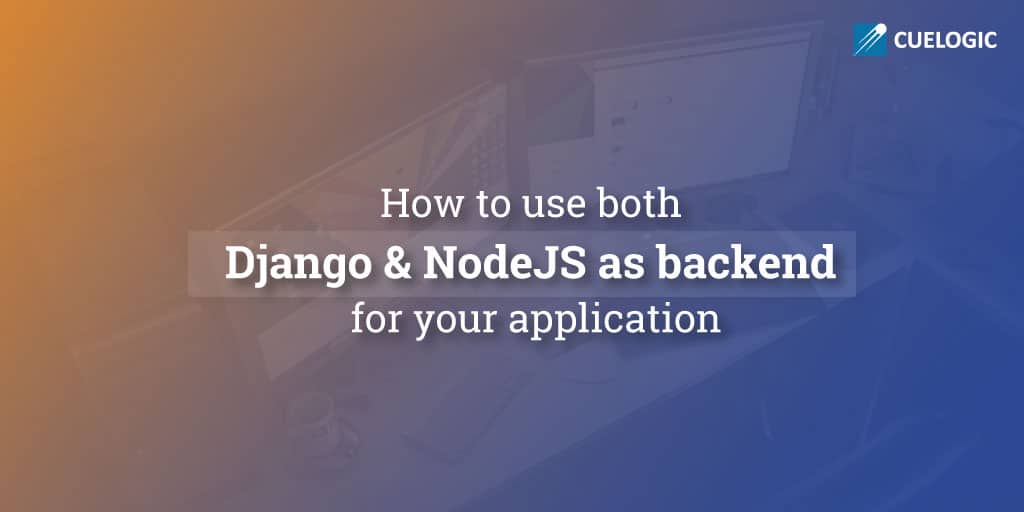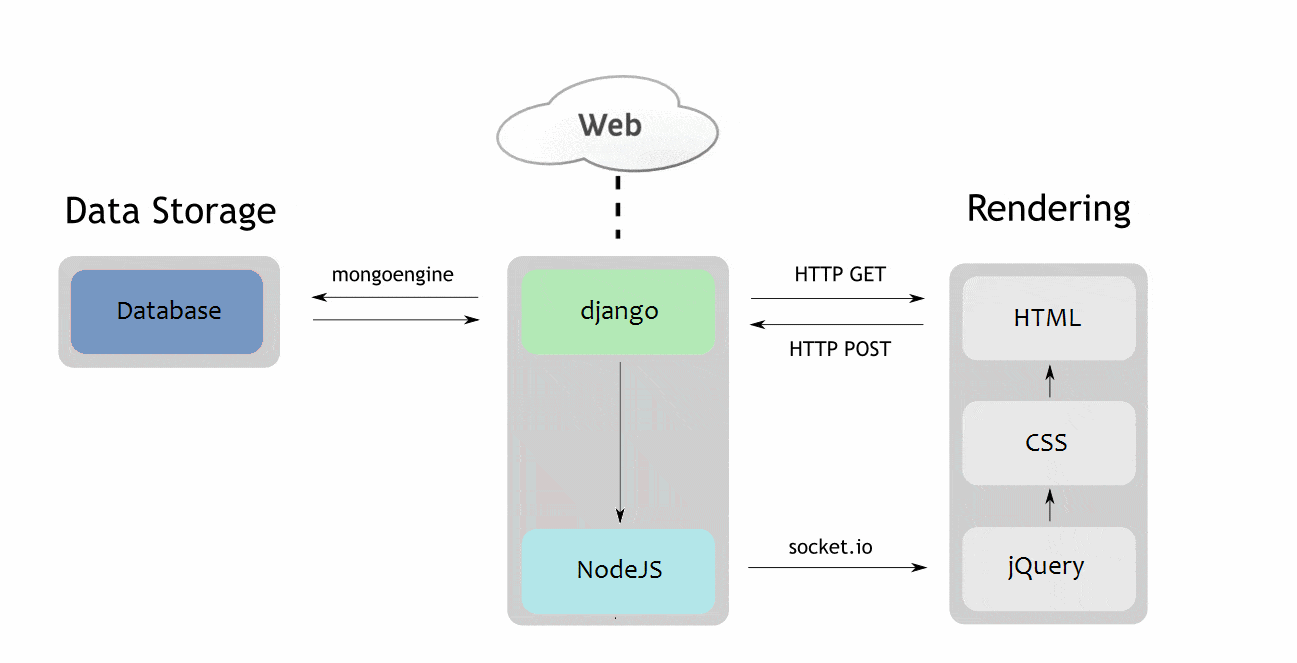Choosing a language for your web/mobile application depends on what you want to achieve from the task. There are many ways and reasons to have your application running on multiple technologies and integrate them. Here I will be talking about two different backend languages that are Django and Node.JS, both are backend technologies and may be you want to use it because NodeJS Development is fast and Django is powerful. Also, if you are going to develop an application using Node.Js then you should certainly consider containerizing your application.
For what purpose application development using Node.Js and Django should be used and which should be used where:
The main reason to use NodeJS in addition to a more traditional framework like Django, if there is a real time or multiplayer aspect to your application.
Django is useful for sketching your requirement out, once you know what you are building, you can build the real time data retrieval into NodeJS and let Django handle maintenance functionality such as password reset and also lets you build high-performing, elegant web application quickly and focuses on automating as much as possible.
Django backend setup for user-logins, user management along with set of templates which are used to display HTML titles and NodeJS is to add real time functionality to the application. Its libraries allow two users to type in text box and have text appear on both their screens.
Django is great choice when you need to use a relational database you will need a relational database when you want ACID properties on your transaction, like when processing payments. In addition to a powerful ORM, form handling, cache system, templating system, admin interface, etc. In fact Django has neatly packaged the best of web development in a very convenient project
Whereas NodeJS is a great choice when you can have an asynchronous, event stack-form the webserver all the way to your persistence and the intermediate libraries along the way.
How to integrate NodeJS and Django? :
It is absolutely possible and sometimes extremely useful to run more than one backend for different purposes.
In order to have a real time communication with client on possible browser we need a general solution. The server part of library runs on top of NodeJS, which provides a high performance event-driven framework to manage the message exchange with client. All you need is a way to connect the socket.io server running on Node.JS with Django app. This can be easily done using Redis. Which is basically a key value store, but it also provides a way to subscribe and publish to keys, so it becomes a message bus with this architect socket.io server will subscribe a user specific keys, on to which Django is going to write a notification. Once the message is received, server will send it to the connected client.
Challenges you often face:
When you use both Django and NodeJS as backend in your app the one big challenge you face is how to handle authentication and authorization.
-For that you can use client_id/ client_secret from you r application or access_token from a user that use your application
-some features need an access_token to work.
Who has done this before? :
Big names like Instagram and Pinterest are using both Django and NodeJS as a backend.
Instagram and Pinterest are the big names those two has a huge growth, lots of users, lots of data, with very few employees all on the cloud. They use both Django and NodeJS as a backend service.
Instagram is the great example which run Django on Amazon High-CPU extra- large machine and as usage grows they gone from just a few of these machine to over 25 of them and a NodeJS server is used for sending a push notification. It aims at providing complete asynchronous client library for the API, including the REST search and streaming endpoint. Django and Node.JS both are used for the unique purpose like real time photo updates, quick push notification to users and also makes many things easier. NodeJS has given its root in event driven programming model. Usually suitable for long polling style of app but also useful within Django web app like Instagram and Pinterest.
Related Reading
[wcp-carousel id=”10000″]

